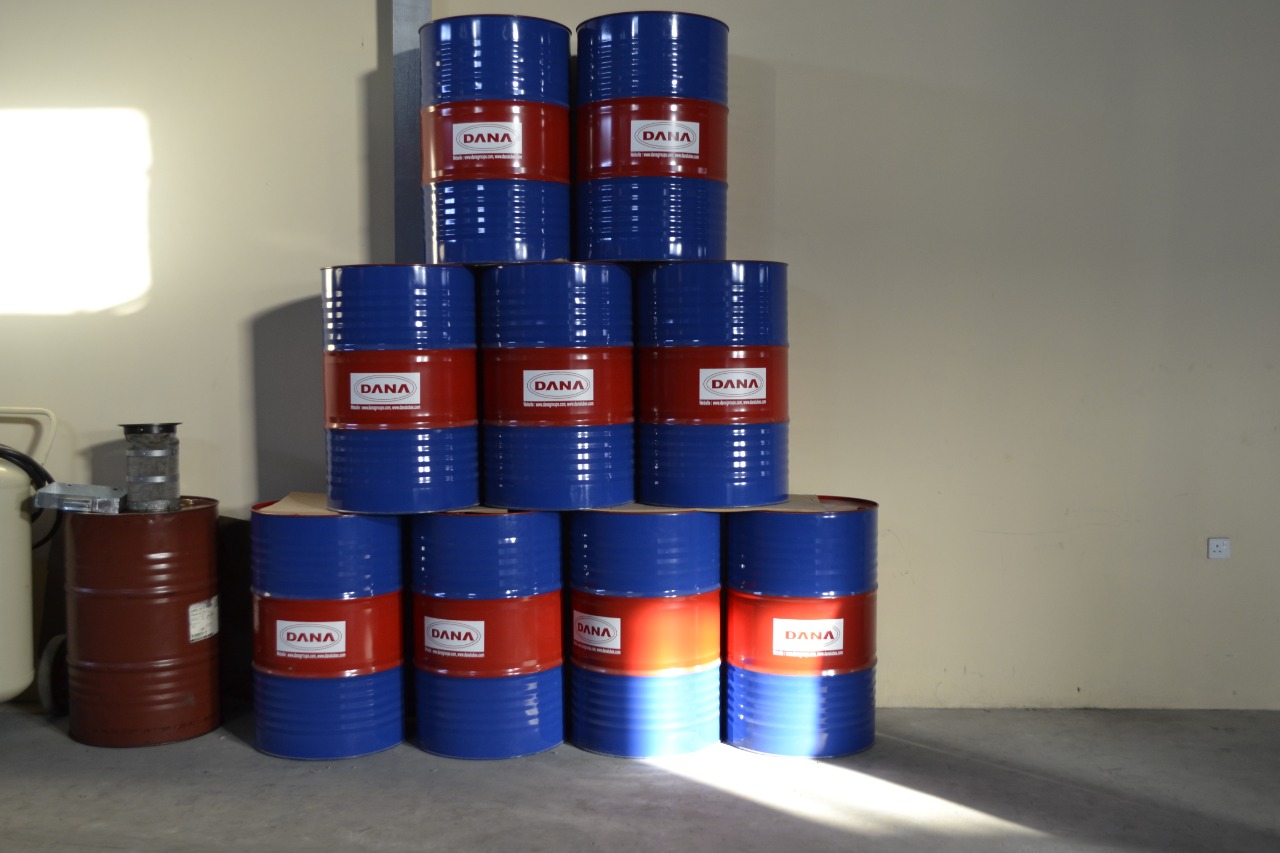Why Dielectric Transformer Oil Matters: Trick Functions and Maintenance Tips
The value of dielectric transformer oil extends beyond plain capability, playing a critical function in both the insulation and air conditioning of electrical transformers. The maintenance of these oils is similarly important to prevent issues that may jeopardize transformer efficiency.
Relevance of Dielectric Transformer Oil
Dielectric transformer oil plays an essential function in the effective procedure of electric transformers, as it is continually employed as both an insulator and a coolant. Its protecting residential properties protect against electric discharges and arcing, which are critical to maintaining the stability of transformer elements. By efficiently isolating conductive parts, dielectric oil improves the security and dependability of the transformer, thus prolonging its operational life expectancy.
In addition to its protecting abilities, dielectric transformer oil functions as a coolant, dissipating and absorbing heat generated throughout the electric change process. This thermal management is necessary to protect against getting too hot, which can cause devices failure and costly downtime. The oil circulates within the transformer, effectively transferring heat away from important locations, thus ensuring optimal efficiency.
Secret Characteristics of Dielectric Oil
The performance of dielectric transformer oil is mostly established by its essential features, that include high dielectric toughness, thermal conductivity, and chemical stability. High dielectric toughness is vital as it enables the oil to hold up against considerable voltage degrees without breaking down, consequently preventing electrical arcing and making certain safe operation of the transformer. This characteristic is crucial for preserving the integrity of electric systems.
Thermal conductivity is one more essential function of dielectric oil. It promotes reliable heat dissipation from transformer elements, minimizing the danger of overheating and extending the life-span of the tools (dielectric transformer oil). Efficient thermal administration is essential in preserving optimal operating temperatures, which straight influences performance
Chemical security is just as important, as it ensures that the oil does not degrade or respond detrimentally with products within the transformer in time. This stability aids preserve the oil's protecting properties and protects against the development of unsafe sludge or deposits that can hinder performance.
Additionally, low viscosity at running temperatures enables for much better flow within the transformer, boosting both cooling and insulation. With each other, these essential characteristics ensure that dielectric transformer oil performs successfully, supporting the general efficiency and integrity of electrical systems.
Benefits of Utilizing Dielectric Oil

Furthermore, dielectric oil acts as an effective coolant, dissipating heat generated throughout transformer operation. This temperature level regulation is crucial for avoiding getting too hot, which can result in equipment failing or minimized life-span. The oil's thermal buildings add to optimal functional problems, allowing transformers to operate at their finest.
Another substantial advantage is the oil's chemical security and resistance to oxidation. These properties decrease the development of sludge and other destruction byproducts, consequently minimizing upkeep needs and expanding the periods in between oil changes. Furthermore, dielectric oil provides superb moisture absorption abilities, which protect the transformer from the damaging effects of water access.
Maintenance Finest Practices

Furthermore, keeping the transformer's temperature within specified restrictions is important. Raised temperature levels can right here accelerate oil deterioration, detrimentally impacting its dielectric buildings. Implementing a temperature tracking system can help in maintaining optimum problems.
In addition, making certain proper ventilation and air conditioning of the transformer system reduces the threat of overheating. It is also essential to maintain the transformer without debris and impurities that may jeopardize its efficiency.
Performing routine visual evaluations for leakages, rust, or indications of endure gaskets and seals is another ideal method. Any problems should be dealt with quickly to stop oil contamination and maintain system honesty.
Finally, establishing a maintenance timetable that consists of oil replacement or therapy can improve the lifespan of dielectric oil, ensuring it remains to perform successfully. By adopting these maintenance finest methods, operators can maximize transformer performance and reduce unexpected downtime.
Common Problems and Solutions
Transformers making use of dielectric oil can experience numerous usual issues that may affect their efficiency and dependability. One prominent problem is the deterioration of the oil as a result of thermal tension, which can result in lowered dielectric toughness and increased threat of arcing. Normal monitoring of the oil's temperature and carrying out cooling solutions can mitigate this trouble.
One more worry is moisture access, which can endanger the shielding residential or commercial properties of the oil. This can be attended to via normal screening for water content and employing check here desiccants or vacuum dehydration processes to eliminate wetness.
Additionally, the development of sludge because of oxidation can block typical operation. This can be solved by periodic oil filtration and replacement when needed, making sure optimal liquid tidiness.

Final Thought
Finally, dielectric transformer oil plays a vital function in making sure the effective procedure official site and safety of electric transformers. Its key features, consisting of high dielectric stamina and chemical stability, add to ideal performance while decreasing upkeep needs. Abiding by finest upkeep methods, such as routine monitoring of dampness and level of acidity, is necessary for stopping typical problems and boosting the functional life expectancy of transformers. The value of dielectric transformer oil can not be overemphasized in the realm of electrical infrastructure integrity.
The relevance of dielectric transformer oil prolongs past mere performance, playing an essential role in both the insulation and cooling of electrical transformers.Dielectric transformer oil plays an essential function in the efficient operation of electrical transformers, as it is regularly utilized as both a coolant and an insulator. On the whole, the importance of dielectric transformer oil can not be overemphasized, as it is basic to the risk-free, reliable, and long-lasting procedure of electric transformers.
The performance of dielectric transformer oil is greatly identified by its crucial attributes, which consist of high dielectric stamina, thermal conductivity, and chemical security.In verdict, dielectric transformer oil plays an important function in making sure the effective operation and safety of electrical transformers.
Comments on “Transformer Oil Recovery Services: Cost-Effective Upkeep and Sustainability”